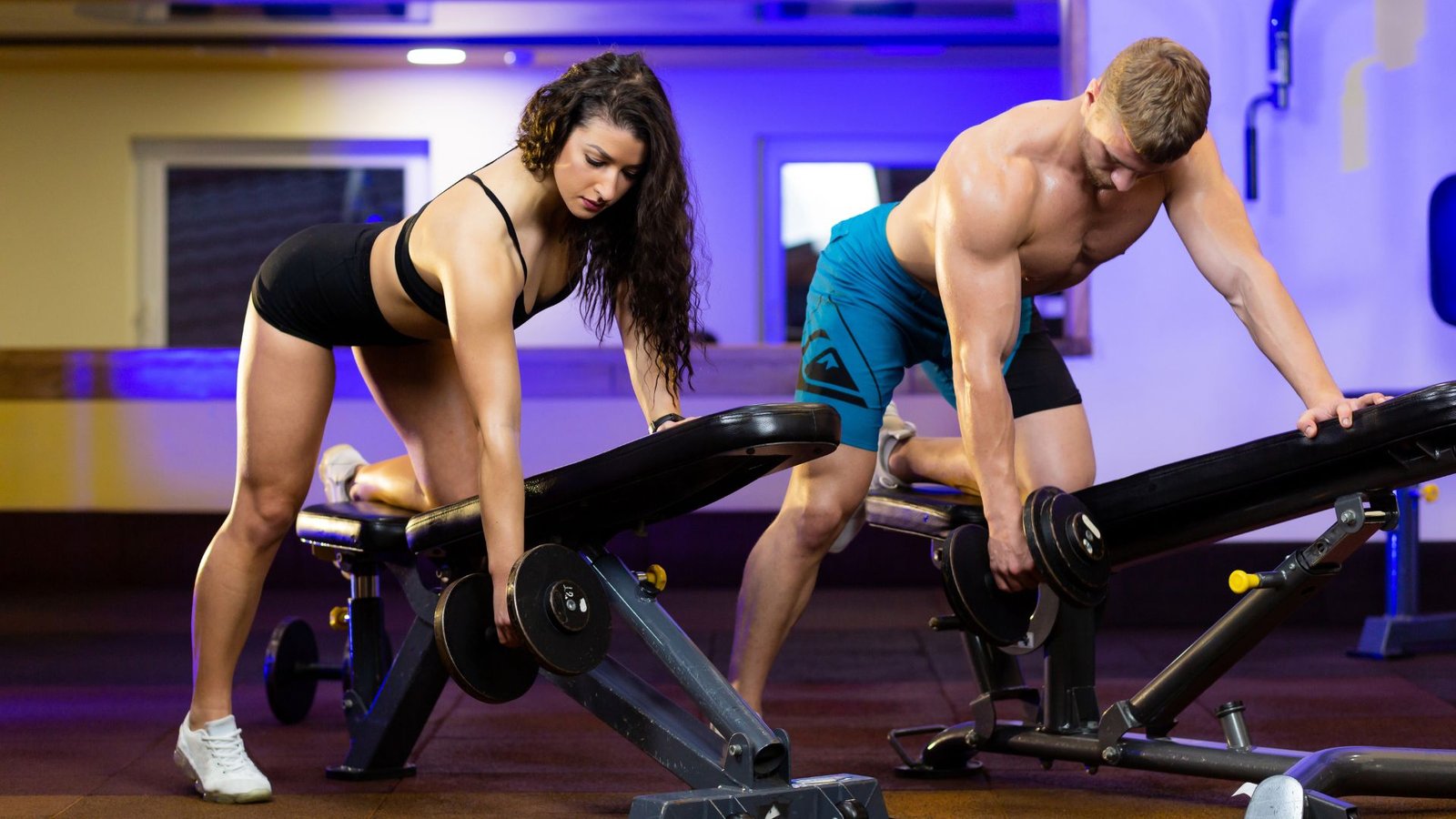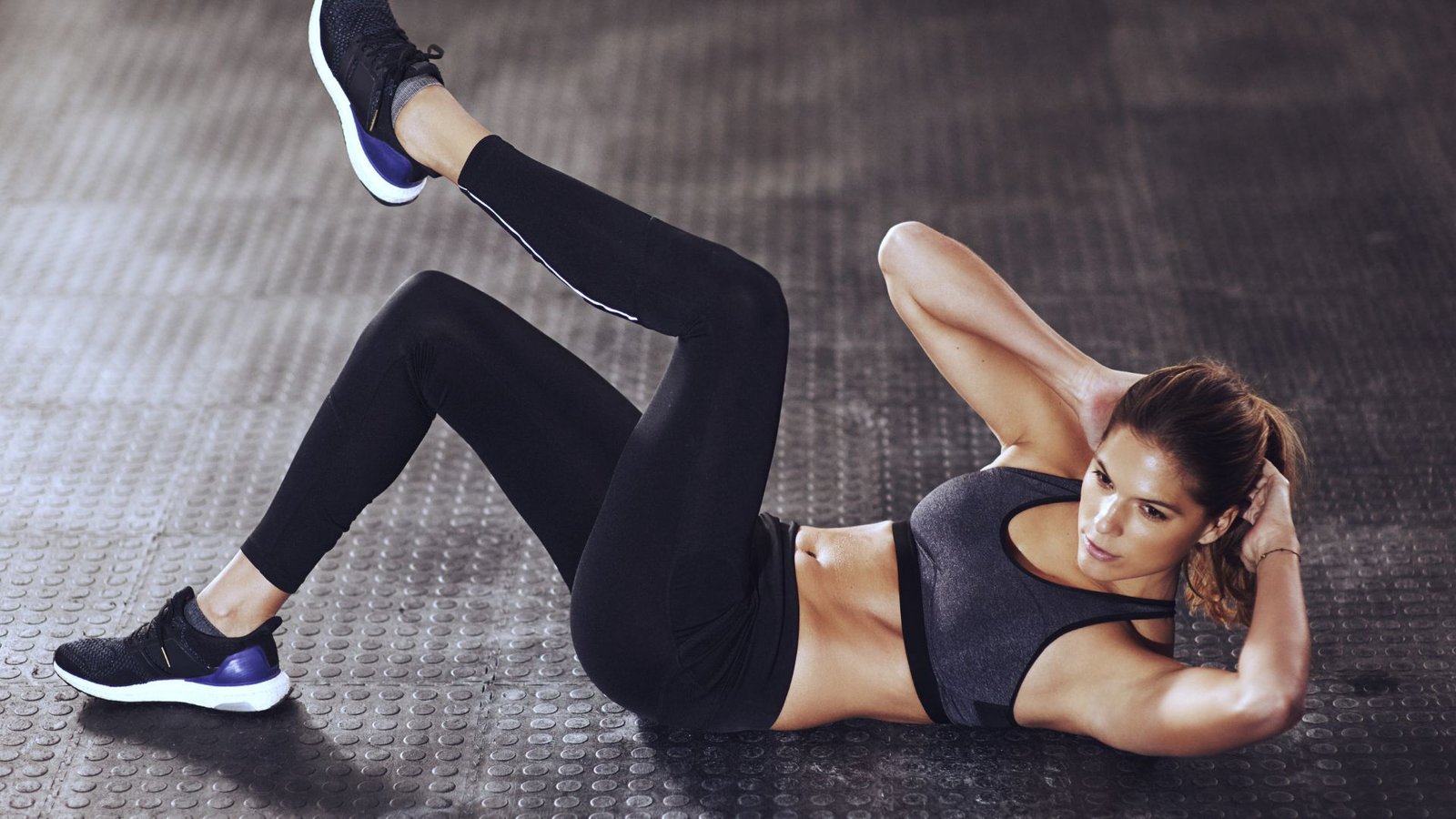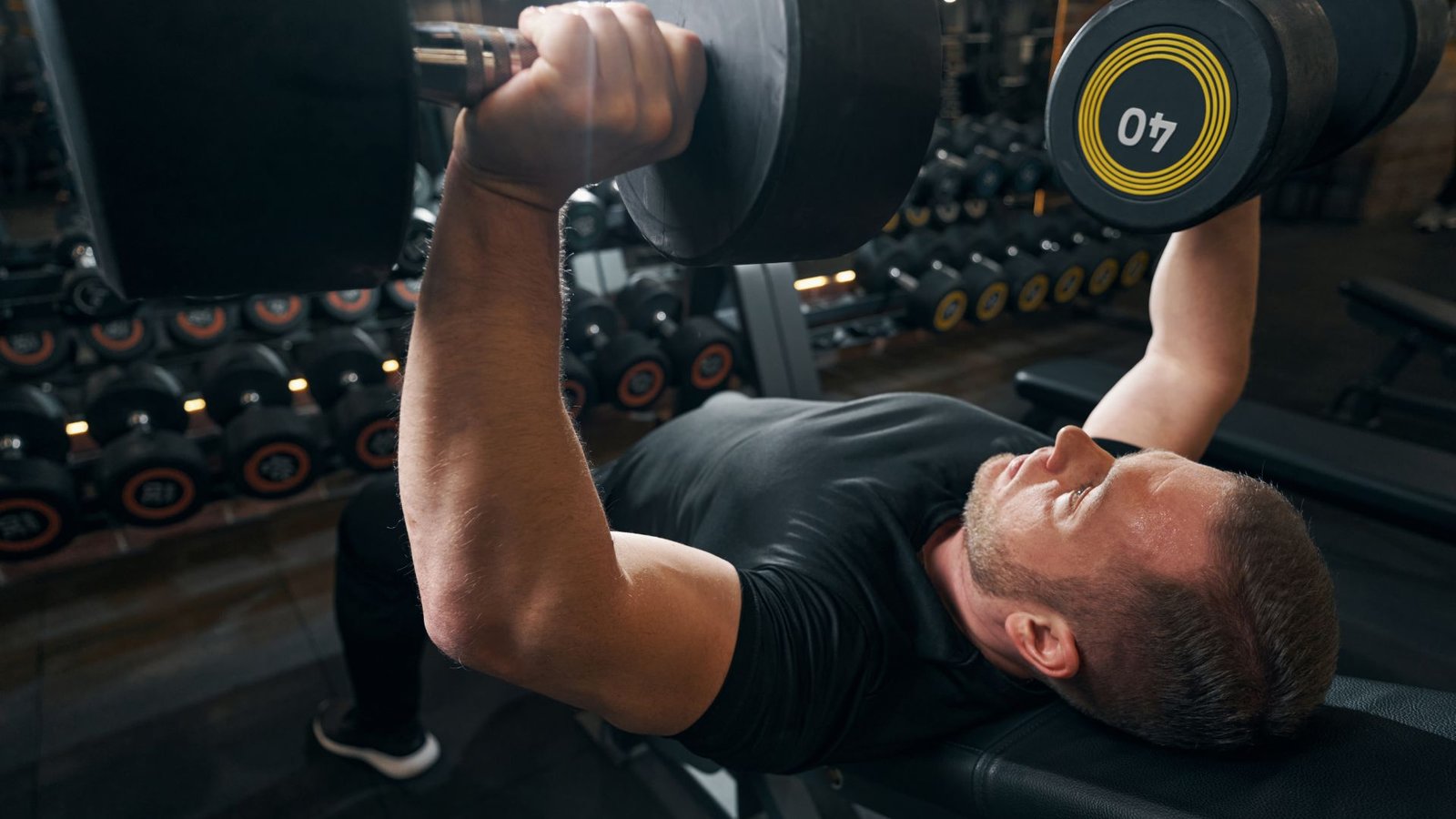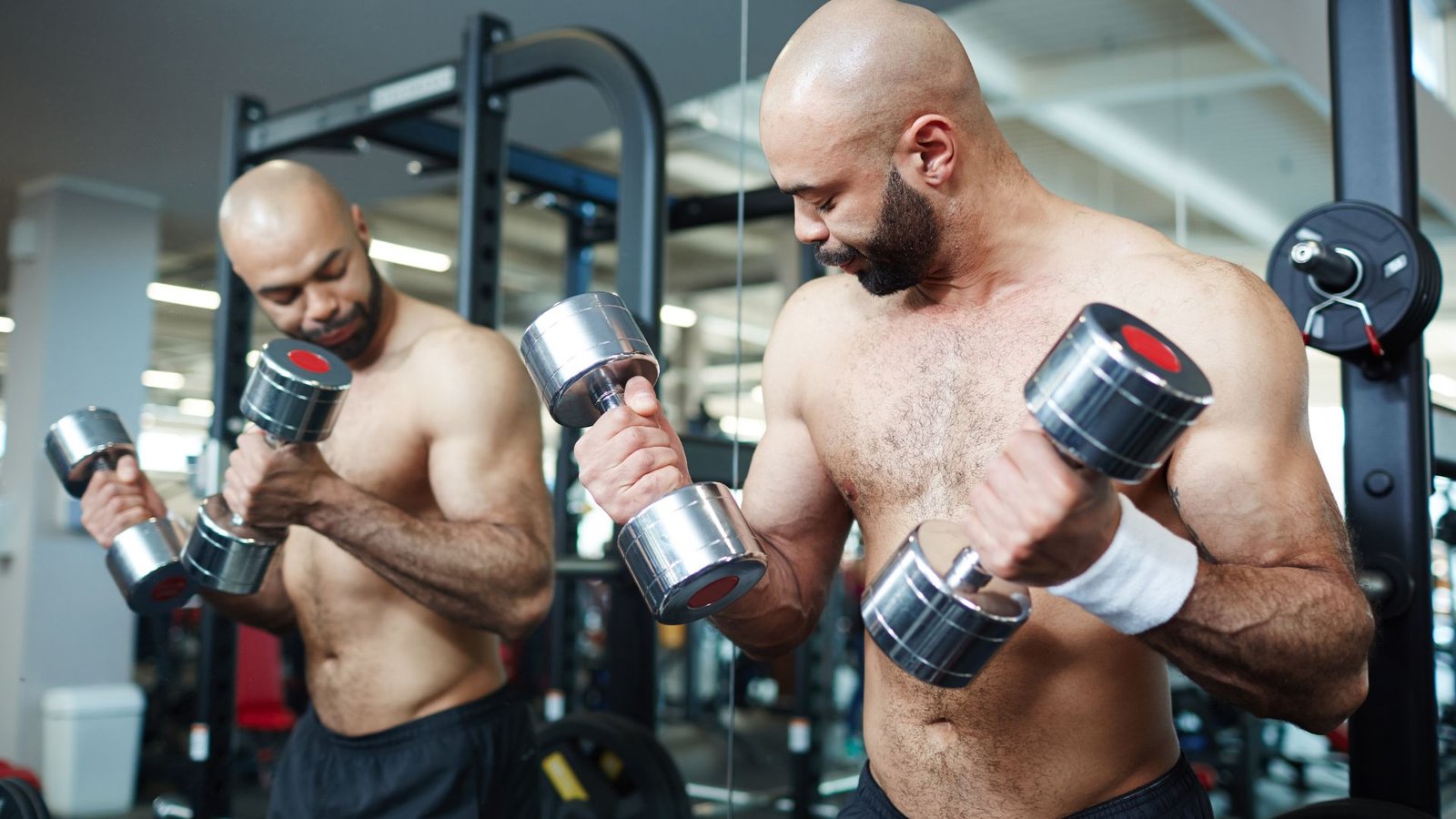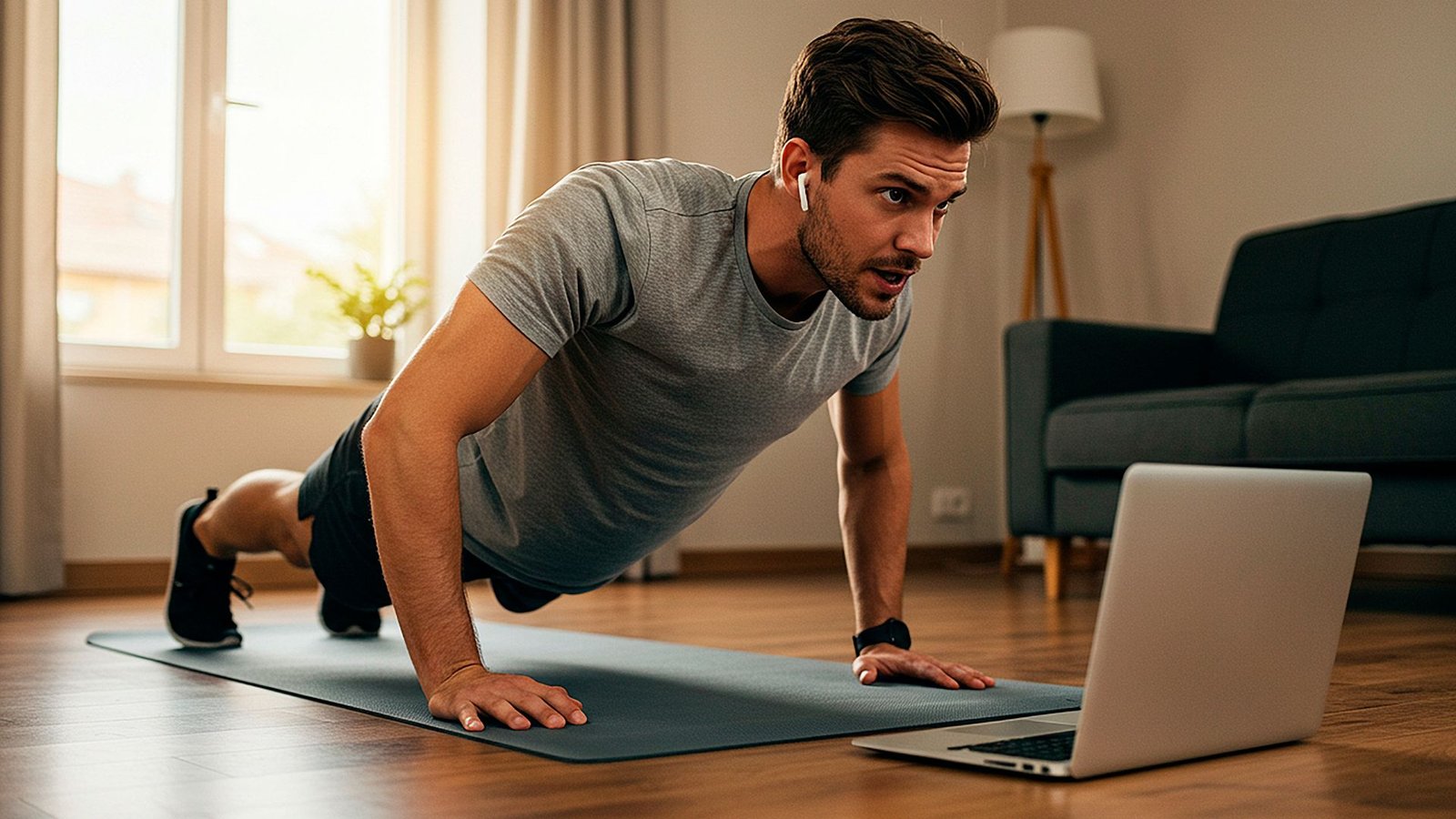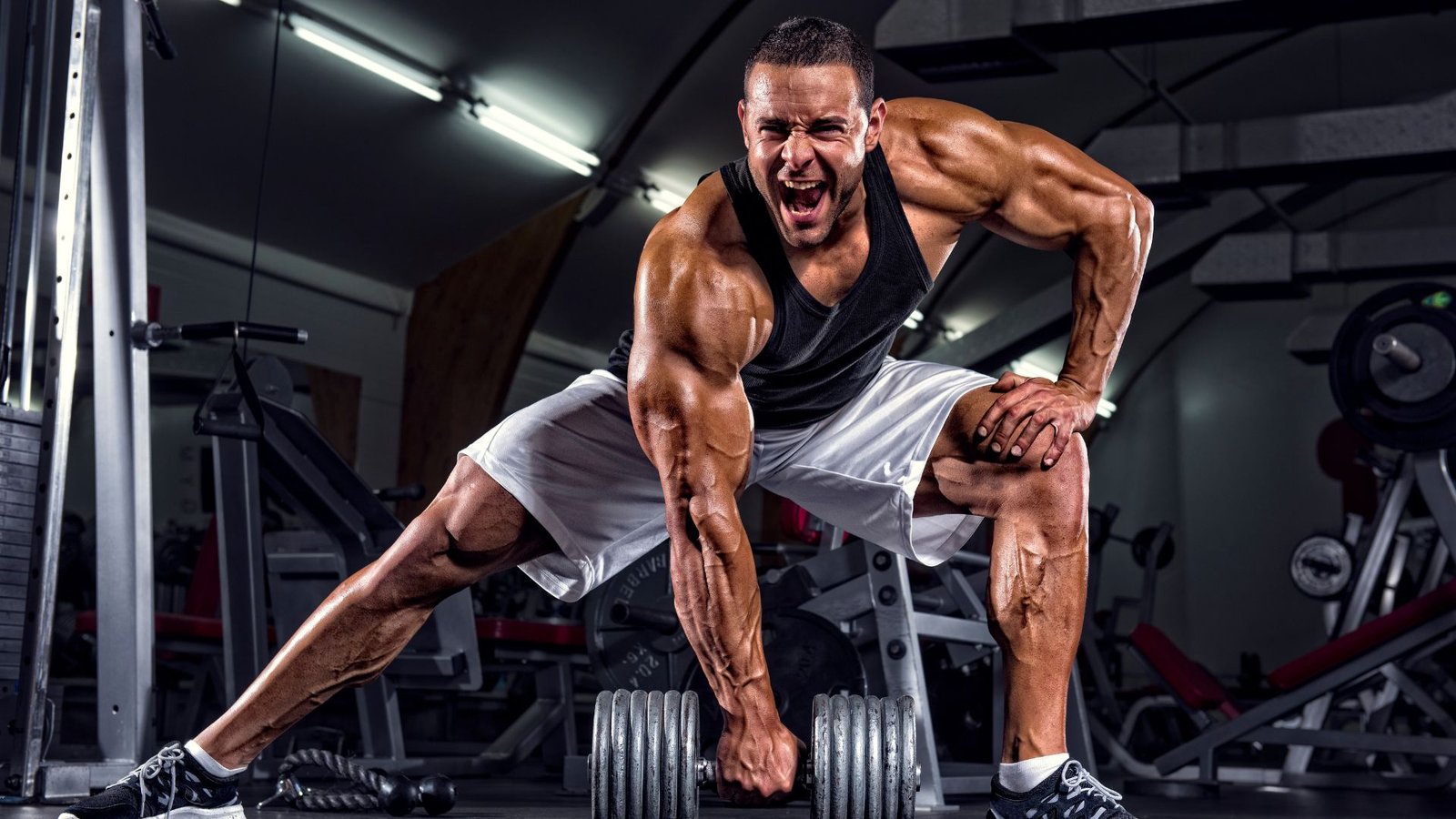When most people hit the gym, they focus heavily on chest, arms, or abs — but a strong, well-developed back is the foundation of a powerful physique. It not only enhances your posture and strength but also gives your upper body that classic “V” shape many lifters strive for. Whether you’re a beginner or an experienced gym-goer, designing the perfect back workout can help you build muscle, boost strength, and balance your overall body development.
In this guide, we’ll break down what makes a back workout truly effective, the best exercises to include, and how to structure your routine for maximum results.
Why the Back Deserves More Attention
Your back is one of the largest and most complex muscle groups in the body. It’s made up of several key muscles — the latissimus dorsi (lats), trapezius (traps), rhomboids, and erector spinae — each with a unique role in supporting strength, posture, and mobility.
Ignoring back training can lead to muscle imbalances, poor posture, and even injuries over time. The perfect back workout not only focuses on building size and strength but also ensures that all parts of the back are targeted for balanced development.
A strong back will:
Improve posture and stability.
Enhance your pulling strength in lifts and everyday activities.
Support better performance in other exercises like squats, deadlifts, and bench presses.
Create a wider, more athletic appearance.
The Core Elements of a Perfect Back Workout
A truly effective perfect back workout combines pulling movements that target the upper, middle, and lower portions of your back. You’ll want a mix of vertical and horizontal pulls, as well as compound and isolation exercises, to achieve a well-rounded result.
Below are the key exercises that should be part of your routine.
1. Pull-Ups or Lat Pulldowns
Pull-ups are a classic bodyweight movement that build width and strength in your lats — the muscles responsible for that “V-taper” look.
How to do it: Grab a pull-up bar with an overhand grip, slightly wider than shoulder-width. Pull yourself up until your chin clears the bar, then lower yourself with control.
Modification: If pull-ups are too challenging, use a lat pulldown machine to build strength gradually.
Tip: Focus on pulling your elbows down rather than your hands to engage your lats more effectively.
2. Barbell or Dumbbell Rows
Rows are essential for developing thickness in your mid-back and improving overall back strength.
How to do it: Bend at the hips with a slight bend in your knees. Hold a barbell (or dumbbells) and pull the weight toward your torso, squeezing your shoulder blades together at the top. Lower the weight slowly.
Tip: Keep your back flat and avoid jerking the weight up — control is key for muscle activation.
3. Deadlifts
No perfect back workout is complete without deadlifts. This full-body compound movement strengthens your lower back, traps, glutes, and hamstrings.
How to do it: Stand with your feet hip-width apart and the barbell over your midfoot. Bend at your hips and knees, grip the bar, and lift by driving your hips forward and extending your legs. Lower the bar with control.
Tip: Focus on proper form — keep your spine neutral and core engaged to prevent injury.
4. Seated Cable Rows
This machine-based exercise targets the middle back, helping to improve muscle balance and thickness.
How to do it: Sit upright on the cable machine with your feet braced. Pull the handle toward your abdomen, squeezing your shoulder blades together. Slowly return to the starting position.
Tip: Avoid leaning too far back — let your back muscles, not momentum, do the work.
5. Face Pulls
Often overlooked, face pulls are excellent for strengthening the rear delts, traps, and upper back — essential muscles for posture and shoulder health.
How to do it: Using a rope attachment on a cable machine, pull the handles toward your face while keeping your elbows high. Focus on squeezing your shoulder blades together.
Tip: Keep the movement slow and controlled, emphasizing the squeeze at the end of each rep.
6. Hyperextensions (Back Extensions)
To strengthen your lower back and improve spinal stability, include hyperextensions in your workout.
How to do it: On a back extension bench, cross your arms over your chest and lower your torso slowly, then raise it back up until your body forms a straight line.
Tip: Don’t overextend — the goal is control, not speed.
Structuring Your Perfect Back Workout
To get the most from your training, structure your perfect back workout like this:
Pull-Ups or Lat Pulldowns – 4 sets of 8–12 reps
Barbell Rows – 4 sets of 8–10 reps
Deadlifts – 3 sets of 5–8 reps
Seated Cable Rows – 3 sets of 10–12 reps
Face Pulls – 3 sets of 12–15 reps
Hyperextensions – 3 sets of 15–20 reps
Train your back once or twice per week, ensuring you rest at least 48 hours between sessions.
Tips for Better Results
Mind-Muscle Connection: Focus on feeling your back muscles contract during each rep.
Progressive Overload: Gradually increase weight or resistance over time.
Good Form Over Heavy Weight: Prioritize control to prevent injury.
Balanced Training: Pair your back workouts with chest and shoulder exercises for symmetry.
Final Thoughts
The perfect back workout isn’t just about lifting heavy weights — it’s about mastering your form, targeting every section of your back, and staying consistent. With a balanced routine that includes both compound and isolation exercises, you’ll develop strength, improve posture, and achieve that sculpted, athletic look you’ve been working toward.
Ready to take your training to the next level?
Get a personalized fitness program tailored to your goals, equipment, and experience level. Whether you’re training for strength, size, or overall health, I’ll help you build a program that delivers real results.
Start your journey today — contact me to schedule your customized workout plan and unlock your full potential!
